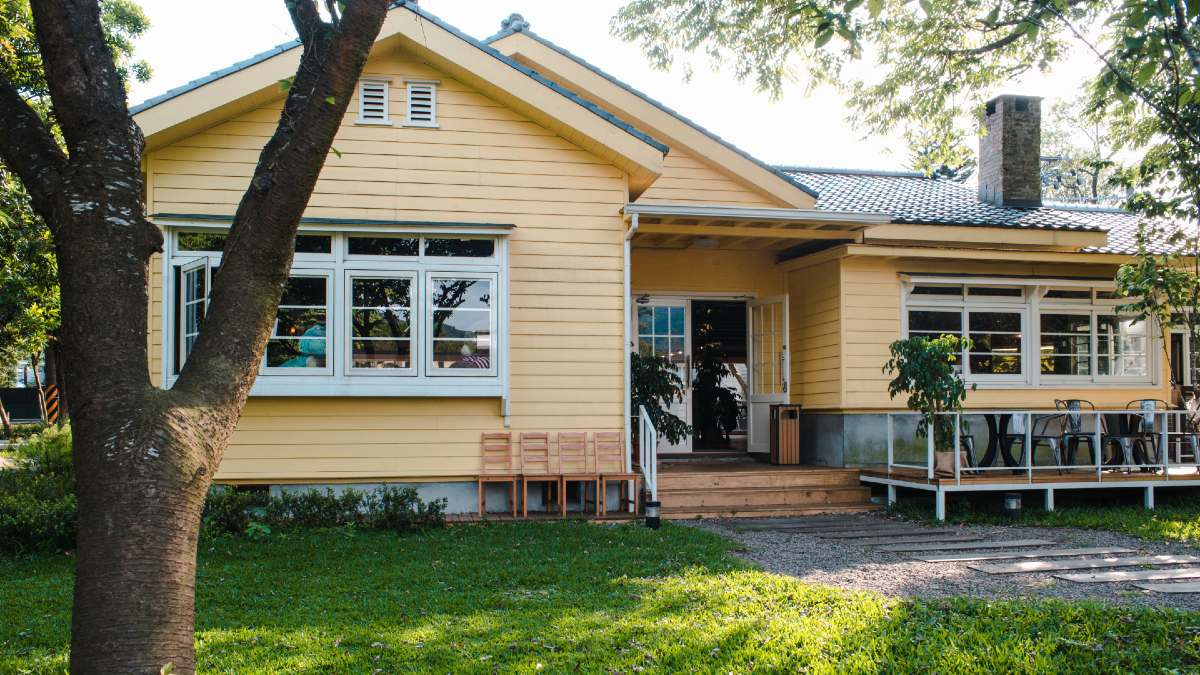It’s been a record-breaking year for the market, with house prices reaching record highs and values up 6.8% in the last three months alone, according to CoreLogic.
Economists from the big four banks have forecast values will increase by 12.5% on average this year, with further growth expected next year.
These figures and forecasts often occupy the limelight but less thought is given to what drives this growth, or lack thereof.
Buying a home or looking to refinance? The table below features home loans with some of the lowest interest rates on the market for owner occupiers.
| Lender | Home Loan | Interest Rate | Comparison Rate* | Monthly Repayment | Repayment type | Rate Type | Offset | Redraw | Ongoing Fees | Upfront Fees | Max LVR | Lump Sum Repayment | Additional Repayments | Split Loan Option | Tags | Features | Link | Compare | Promoted Product | Disclosure |
|---|---|---|---|---|---|---|---|---|---|---|---|---|---|---|---|---|---|---|---|---|
6.04% p.a. | 6.08% p.a. | $3,011 | Principal & Interest | Variable | $0 | $530 | 90% | 4.6 Star Customer Ratings |
| Promoted | Disclosure | |||||||||
5.99% p.a. | 5.90% p.a. | $2,995 | Principal & Interest | Variable | $0 | $0 | 80% | Apply in minutes |
| Promoted | Disclosure | |||||||||
6.09% p.a. | 6.11% p.a. | $3,027 | Principal & Interest | Variable | $0 | $250 | 60% |
| Promoted | Disclosure |
What factors impact the property market?
Brodie Haupt, CEO and co-founder of Australian digital lending and payments platform WLTH, said interest rates, immigration, supply and demand were the three main factors that impacted the Australian property market.
Interest rates
Interest rates are the lowest they’ve ever been in Australia, with a spate of lenders offering fixed and variable rates below 2%.
Mr Haupt said this low-interest-rate environment created confidence among the population to borrow and buy property.
“When interest rates are low, it can encourage people to look at their options for entering into the property market or growing their portfolio,” Mr Haupt told Savings.com.au.
“As we have seen recently in Australia, low-interest rates have inspired more Australians to purchase properties. Low-interest rates mean the repayments on the loan are lower than normal, which provides a great opportunity to get into the market as affordability increases.”
The Reserve Bank of Australia (RBA) has stated it doesn’t expect to raise the cash rate until 2025 but many lenders are betting against them, with some raising three and four year fixed rates.
Mr Haupt said when interest rates inevitably increase, fewer people can afford to buy or service their mortgage, driving prices down.
“As you can imagine, it can also work in the opposite way, if interest rates are high, it can make it increasingly harder to get into the property industry. If people are struggling to make their repayments, it can force them to list their property and potentially sell for a lower price due to decreased demand.”
Immigration
For obvious reasons (COVID), international immigration has been essentially reduced to nil. Capital cities, particularly Sydney and Melbourne, have suffered massively from this.
Mr Haupt said immigration plays a significant role in the price of a property, with certain suburbs generally always experiencing an influx of new residents.
“We have seen this most recently driven from a high number of Australians returning home from overseas to live in Australia during the global pandemic,” he said.
“Immigration is expected to become more of a factor as borders open over the next few years, however, interstate migration has been one of the biggest influences to the growth of the property market.”
The work-from-home phenomenon has seen regional locations grow in popularity and values skyrocket. According to CoreLogic, property prices in Australia's 25 largest non-capital city markets surged 13.0% in the last 12 months, compared to a 6.4% gain in capital city prices.
Mr Haupt said now more than ever, people were prepared to swap the city for the beach, sending prices up in those locations.
“With the overall change in work behaviour since the outbreak of COVID-19, more Australians are willing to travel a longer distance to work if they can work from home the majority of the week.
“They are generally making these changes for their lifestyle, to be closer to the beach or to move into a property on more land. As more people move to these areas, it drives up the demand and property prices increase.”
Supply and demand
Part of the reason for Australia’s surging home values has come as a result of demand far outstripping supply. As CoreLogic found in April, total advertised stock levels were 25% below the five year average. What stock is on the market is being quickly absorbed.
“Increased demand can drive the price of property higher, and as we have seen recently, demand to purchase property is outweighing the overall supply in the market,” Mr Haupt said.
“Due to increased demand for property, many Australians are now having to make offers over the asking price in order to secure their dream property. This therefore drives up the median price in the area, influencing property prices in a positive way.”
Mr Haupt noted the inverse was also true, with an oversupply causing values to fall.
“The lack of demand for a property in a certain suburb can force the owner to sell at a lower price, consequently having an effect on future sales in the area and causing the median price to drop.”
How to evaluate the property market
Property is often a hot topic at the pub or a dinner party, with everyone a supposed expert. There are many economists and property experts who make their living predicting what will happen in the market.
For those looking to buy or simply wanting to understand the market, Mr Haupt recommended keeping an eye on the above factors and doing your research.
“Making the decision to enter the property market is something that requires a lot of thought, careful consideration and planning,” he said.
“Before making the leap, make sure you do your research and are confident in your borrowing capacity, as well as be completely aware of what you are undertaking and fully understand the end to end process.
“Everyone’s scenario is different, so it’s important to understand your financial position and all the different products that are readily available in the market.”
Looking forward, Mr Haupt said he expected property prices to continue to their upward trend.
“The global pandemic has made living away from friends and family very difficult, and we are starting to see many professionals return to Australia, and look to purchase property.
“This trend will also continue when the borders begin to open up for other countries, as people look to move to Australia from overseas, in order to take advantage of the way of life down under.”
Photo by Jeremy Zero on Unsplash

Ready, Set, Buy!
Learn everything you need to know about buying property – from choosing the right property and home loan, to the purchasing process, tips to save money and more!
With bonus Q&A sheet and Crossword!






 Harry O'Sullivan
Harry O'Sullivan
 Harrison Astbury
Harrison Astbury
 Bernadette Lunas
Bernadette Lunas
 Alex Brewster
Alex Brewster
 Rachel Horan
Rachel Horan

